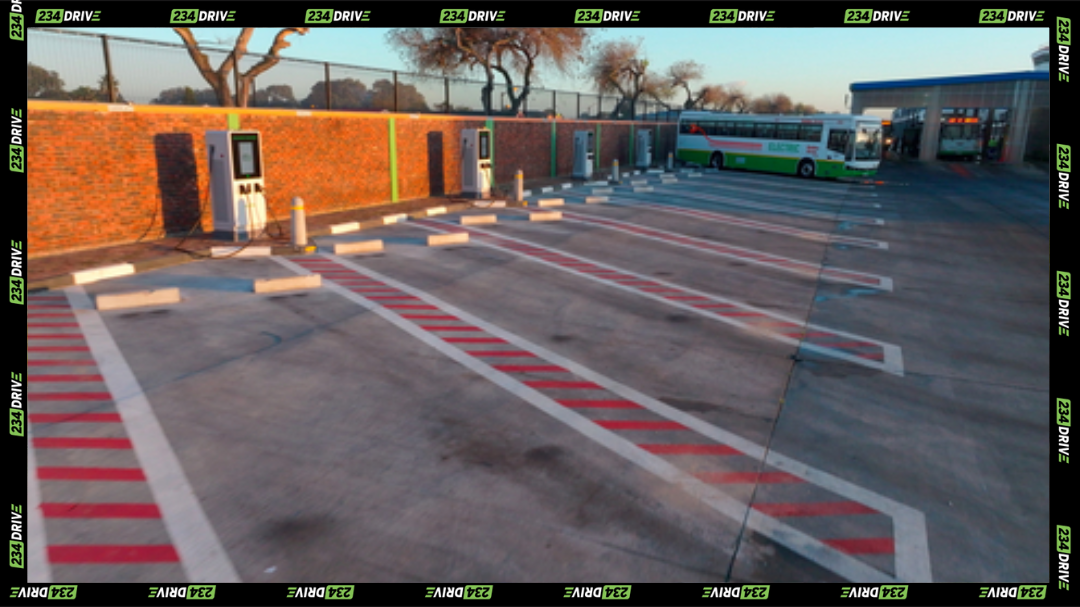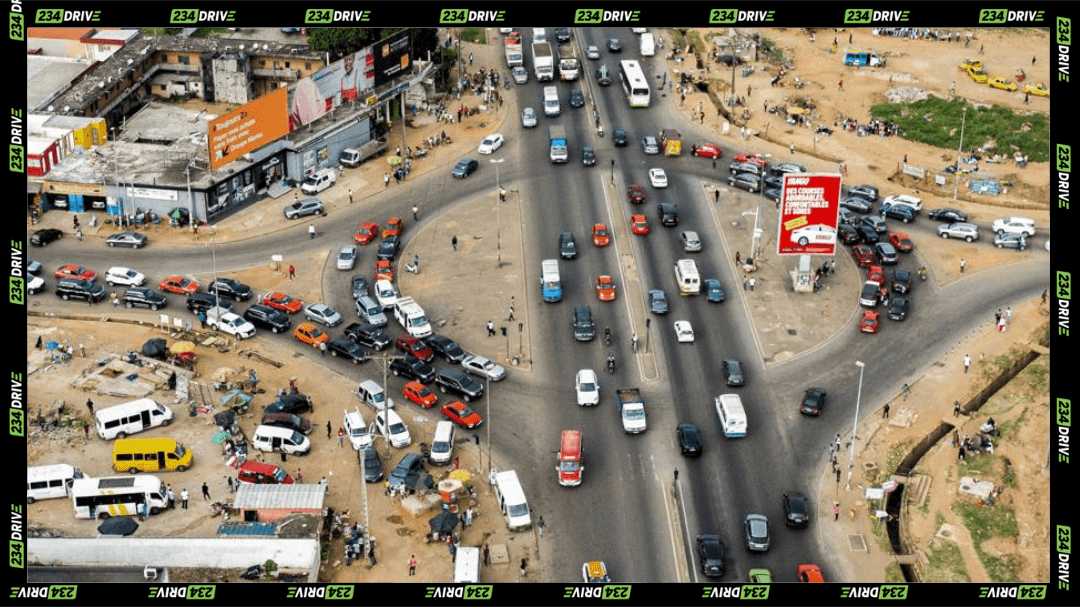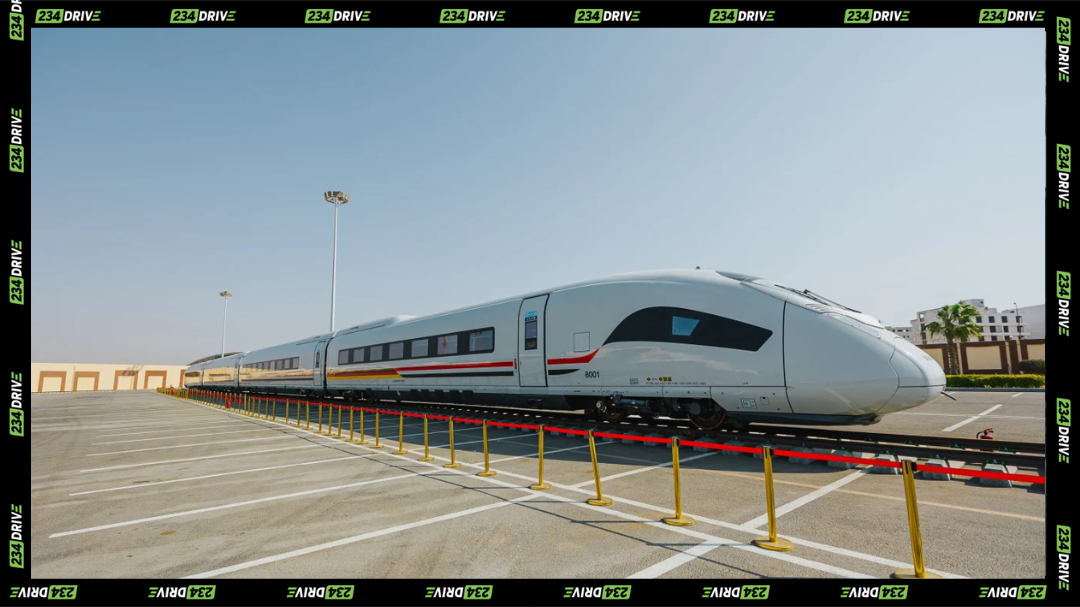Cape Town is moving from pilot projects to daily electric transit, and doing it at scale. Autel Energy and STS Tech Group are building a high-capacity, renewable-ready charging hub at the Arrowgate depot to support 120 electric buses by December 2025.
The site already powers 68 BYD B12s. Expansion to 50 MaxiCharger DC Fast units (150–240 kW) will tighten turnarounds and keep schedules on track. The system was designed to take renewables from day one: modular power blocks for quick scaling and swap-outs, up to 98% conversion efficiency, IP65 protection for weather resilience, and universal connectors (CCS/CHAdeMO/GB/T). Autel Cloud handles remote monitoring, smart load management, and diagnostics.
On the road, that means quieter stops, fewer local pollutants, and a projected 18,000-tonne annual CO₂ reduction—roughly the same as removing 4,000+ cars. Each BYD bus seats up to 65 passengers and covers ~240 km per charge, matching typical urban duty cycles

How the Arrowgate Project Compares Against Other EV Charging Hubs in the World.
To gauge Cape Town’s momentum, we set Arrowgate against a few heavyweight hubs worldwide. Not a leaderboard, just context on scale, showing where the depot fits and what “good” looks like as cities move from pilots to dependable, high-throughput electric bus operations.
- Bao’an Airport (Shenzhen, China) – Shell Recharge with BYD, widely recognized for scale in bus/fleet charging.
- Tesla “Oasis” (Lost Hills, USA) – A landmark high-throughput site for EVs, including buses.
- Bodø Electric Bus Depot (Norway) – 50 charging points supporting 32 buses; operational since Oct 2021, largest above the Arctic Circle.
- Merklingen Station (Germany) – ~259 AC points (mostly cars); a mega-site illustrating how large hubs can be orchestrated.
- Wilanów Bus Terminal (Warsaw, Poland) – ~2.4 MW bus-focused capacity, showing strong European municipal deployments.
Arrowgate’s strength isn’t just size; it’s purpose-built bus-depot engineering with a renewable-ready backbone and an operations model tuned to African cities, while in Europe and Norway, cities are experimenting with wireless road charging to fit their own transit needs.
Next steps are clear: finish the expansion to 50 chargers in 2025, use software to keep loads balanced, and protect bus uptime as routes grow. Do that, and Arrowgate becomes a durable, grid-integrated reference that other African metros can adapt without overpromising.If it delivers, do you see Arrowgate’s success nudging more African countries to move from sporadic e-bus pilots on limited routes to full EV public transit?









